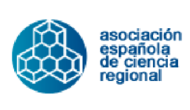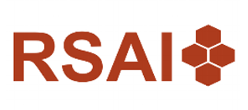The involvement of economic and social stakeholders in the revitalization of rural municipalities
Rural development policies applied by the European Union have evolved in parallel with changes in rural areas over the last few decades. The main innovation in 2007-2013 programming period was the inclusion of a new crossmethodological axis, the Axis LEADER or axis 4. In order to ensure a greater interaction between different economic agents and the public and private sectors, in this new approach, agricultural and rural groups embedded in the territory are entrusted with the design and implementation of rural development strategy. These local actors are the Local Action Groups or Rural Development Groups. The analysis of 264 Local Action groups in charge of the rural development in Spain discloses that they have few features in common, although they share the same regulatory framework. In fact, during the analysed period, they show big differences in their internal characteristics and, also, in the characteristics of territories where they have implemented their activities.
The aim of this paper is to analyse whether the internal characteristics of these Groups are related to their efficiency to achieve the development of rural municipalities, in particular for those municipalities where revitalising is a main priority. Contingency tables are used to statistically contrast the relationship between territorial revitalisation variables (demographic trends, labour market and business creation indicators) and variables that characterise the Local Action Groups and their territories (size of territories/groups, concentration of the population, structure of governance bodies, mechanisms of participation in governance bodies).
Check other articles from the issue Autumn 2017 or from other issues.


